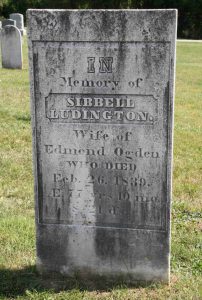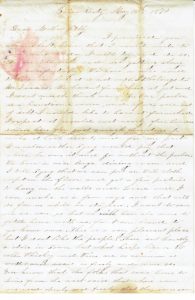[Author’s note: This series, on Mrs. Gray’s reading habits, began here.]

61 Bowdoin Street, Boston, Friday, 26 February 1864: …At Mrs. Hemenway’s,[2] we talked wholly about our young daughters, Amy H.[3] and my Mary and their friends. We think they are going to make a very nice sensible, high-toned set of girls; and it is a real comfort to feel so. Mary used to think she should be quite isolated in her set, from not dancing the round dances,[4] but as one and another of her young friends comes out with her protest against them, it quite pleases Mary to find that many of the nicest girls unite with her in the resolution to eschew the fascinating but demoralizing “German.” Continue reading Fascinating rhythm







